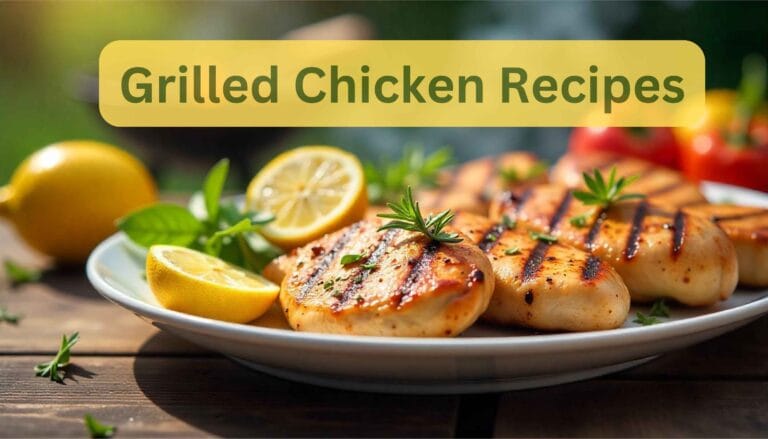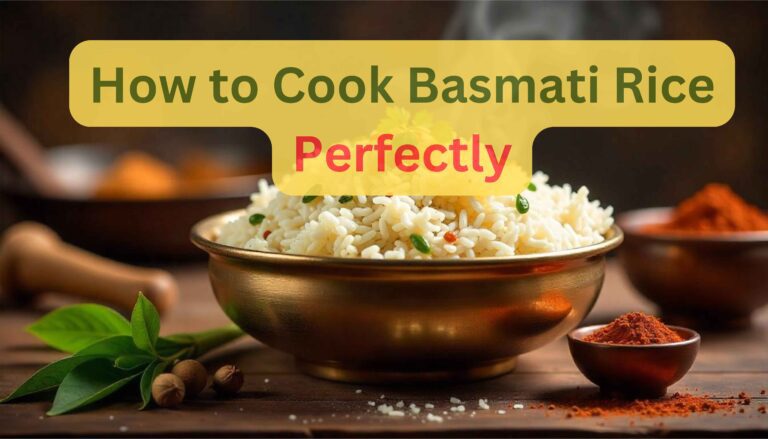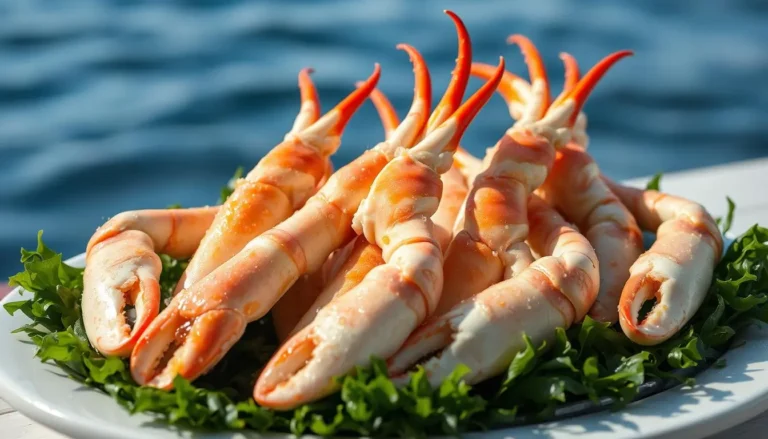How to Cook Frozen Shrimp: The Ultimate Guide for Perfect Dishes
Cooking frozen shrimp doesn’t have to be complicated. This book provides various solutions if you’re seeking ideas on How to Cook Frozen Shrimp quickly and tastefully. This all-inclusive guide will guarantee success in your seafood culinary excursions regardless of your defrosting, sautéing, grilling, or robust flavor-generating techniques. Discover the finest methods, tools, and intriguing recipes to transform basic frozen shrimp into restaurant-quality cuisine. Let us start right now!
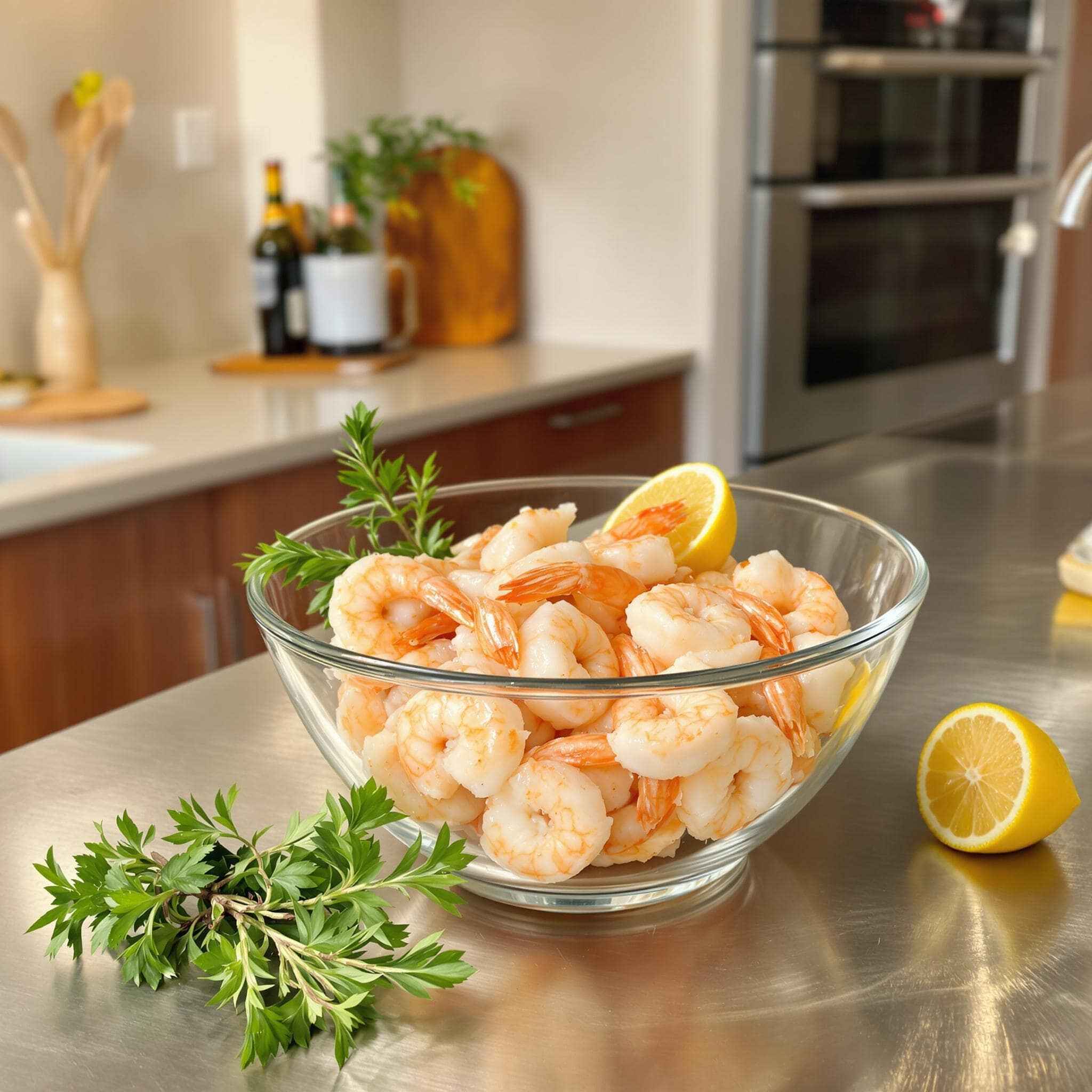
How to Cook Frozen Shrimp: Methods of Defrosting
Learning how to cook frozen shrimp depends on proper defrosting since it preserves a juicy, crisp texture and ensures equal cooking. Designed to fit your time and convenience, a few tried techniques will help you defrost shrimp correctly.
Quick Defrosting Method
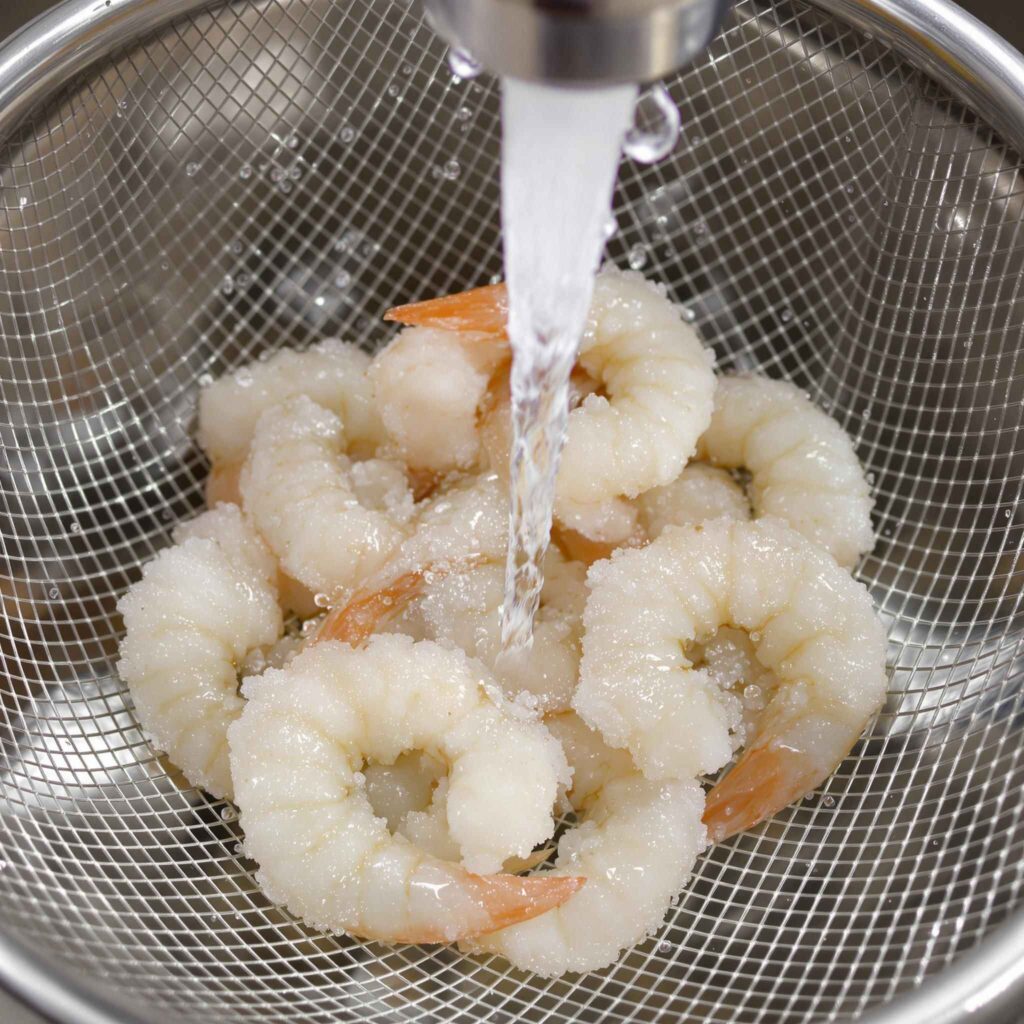
- Take shrimp from its package and place it on a colander.
- Rinse the shrimp intermittently, placing them under cold running water for five to seven minutes.
- Before cooking, pat the dried shrimp with paper towels.
This strategy is ideal for last-minute meal preparation when time is limited. Quick defrosting ensures that your prawns are ready for cooking within a few minutes without compromising their quality.
Overnight Defrosting Method

- Arrange the frozen prawns in a basin, cover them, and then let them defrost overnight in the refrigerator.
- Empty extra liquid; then, before using any recipes, completely pat dry using paper towels.
This technique ensures that the shrimp’s texture and taste remain wonderful, enhancing your food’s taste.
Popular Cooking Methods: How to Prepare Frozen Shrimp
Once defrosted, you can cook frozen shrimp in a variety of interesting and delicious ways. These methods can help you achieve the best results, whether your cooking plans involve sautéing, grilling, baking, or boiling.
Sautéing Shrimp
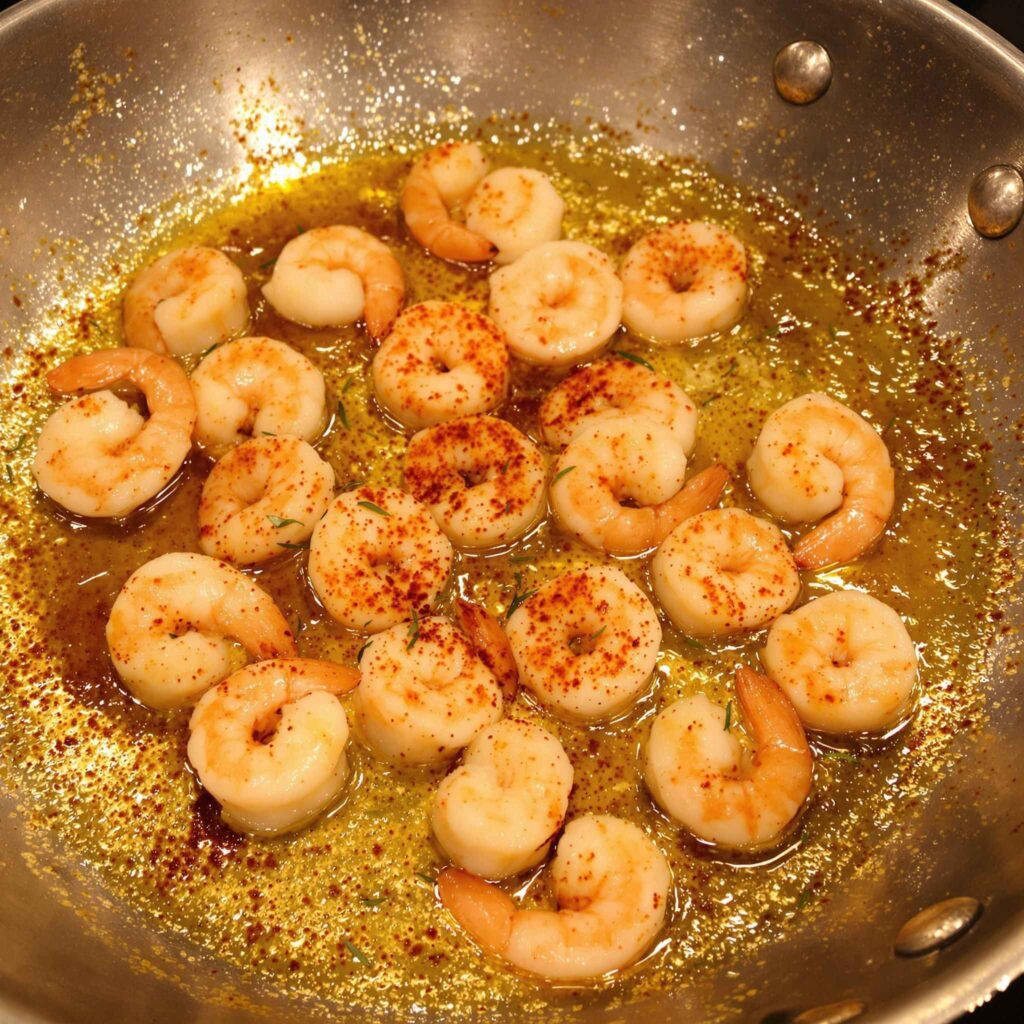
Sautéing shrimp is one of the fastest and easiest ways to make them taste delicious. Use these guidelines:
- Place two teaspoons of olive oil or unsalted butter in a frying pan set to medium heat.
- Liberally season your shrimp with paprika, salt, pepper, or your preferred spice mix, like Cajun seasoning.
- Arrange the prawns in a single layer. Heat one side for two to three minutes; flip; then cook for two more minutes until the shrimp turns opaque and pink.
As toppings for spaghetti, salads, or tacos, sautéed shrimp goes great. The rapid frying guarantees freshness combined with a hint of caramelized taste.
Grilling Shrimp

Grilled shrimp gives an appealing, smoky, charred flavor. Here is how to do it flawlessly:
- Set your grill or grill pan to medium-high heat.
- Thread prawns onto skewers or set them on a grill-safe surface for simpler handling. Gently brush them with olive oil, and season as desired.
- Grill the shrimp on each side for two to three minutes until char marks show and the shrimp becomes a firm pink.
Present them over rice, in skewered combos, including fruits and vegetables like pineapple or bell peppers, or with dipping sauces.
Baking Shrimp
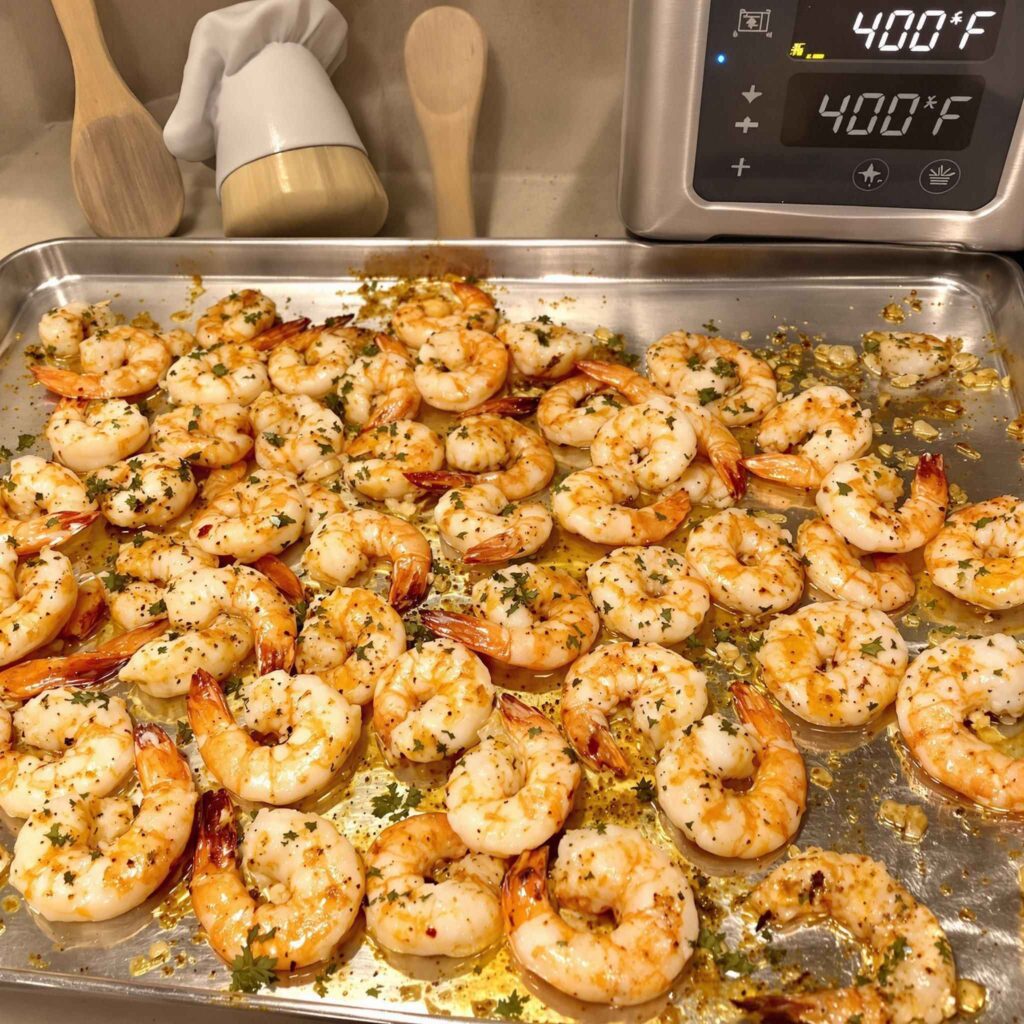
A consistent approach is baking shrimp, particularly for a gathering of people. The result is a hands-off, cooking—stress-free fix. Here is a guide on properly baking shrimp:
- Line a parchment-paper baking sheet and preheat the oven to 400°F (ca. 204 °C).
- Toss shrimp with olive oil, minced garlic, and spices—like smoky paprika or Italian seasoning.
- Bake until the shrimp are pink and cook for 8 to 10 minutes.
In salads, appetizers, and casseroles, baked shrimp are flexible ingredients.
Boiling Shrimp
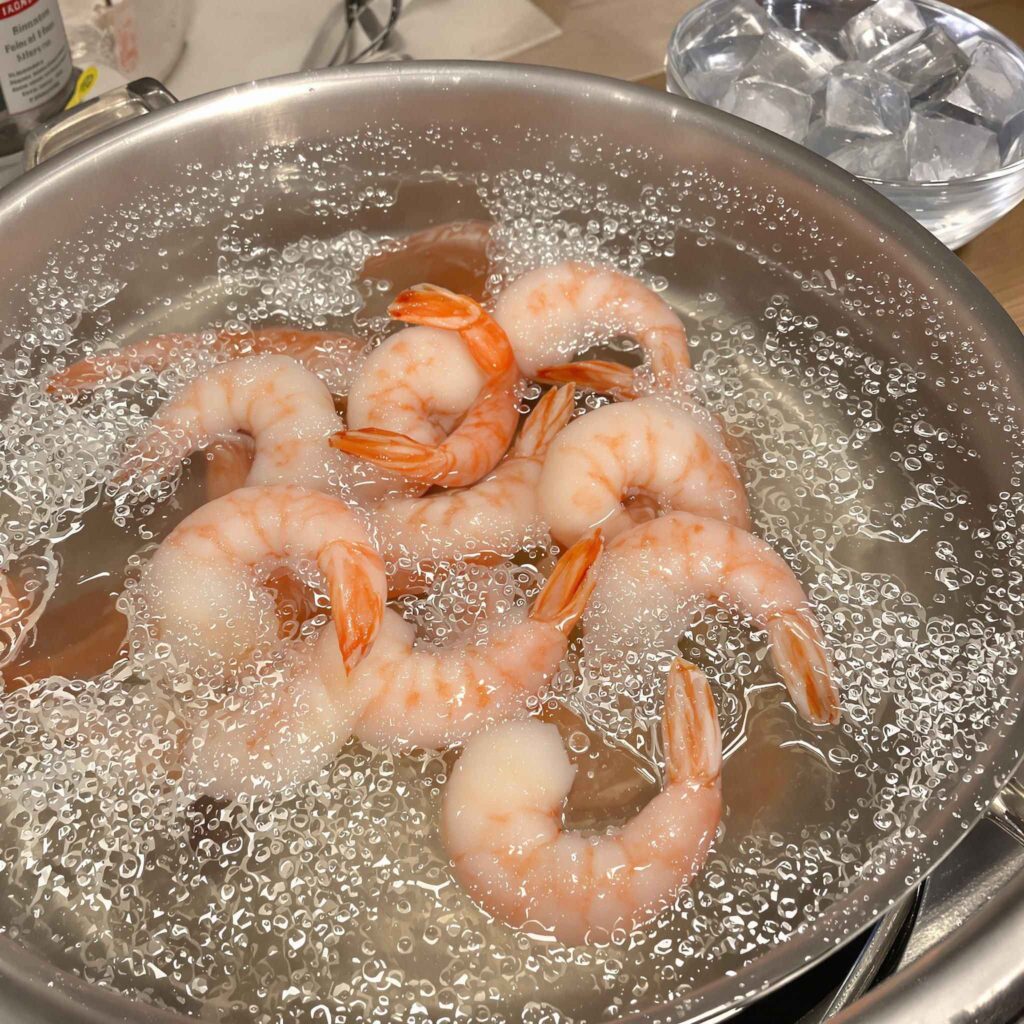
Although boiling prawns is a traditional choice, they are ideal for chilled salad-making and prawn cocktails. The procedure looks like this:
- Fill a large pot with water, generously season it with salt, and then bring it to a vigorous boil.
- Depending on their size, carefully drop in the defrosted prawns and cook for two to four minutes.
- Move straight to an ice bath to stop the cooking process and maintain texture.
Often crowd-pleasers, boiled prawns are excellent with tart cocktail sauces or piled over seafood platters.
Inspiring Flavor Combinations
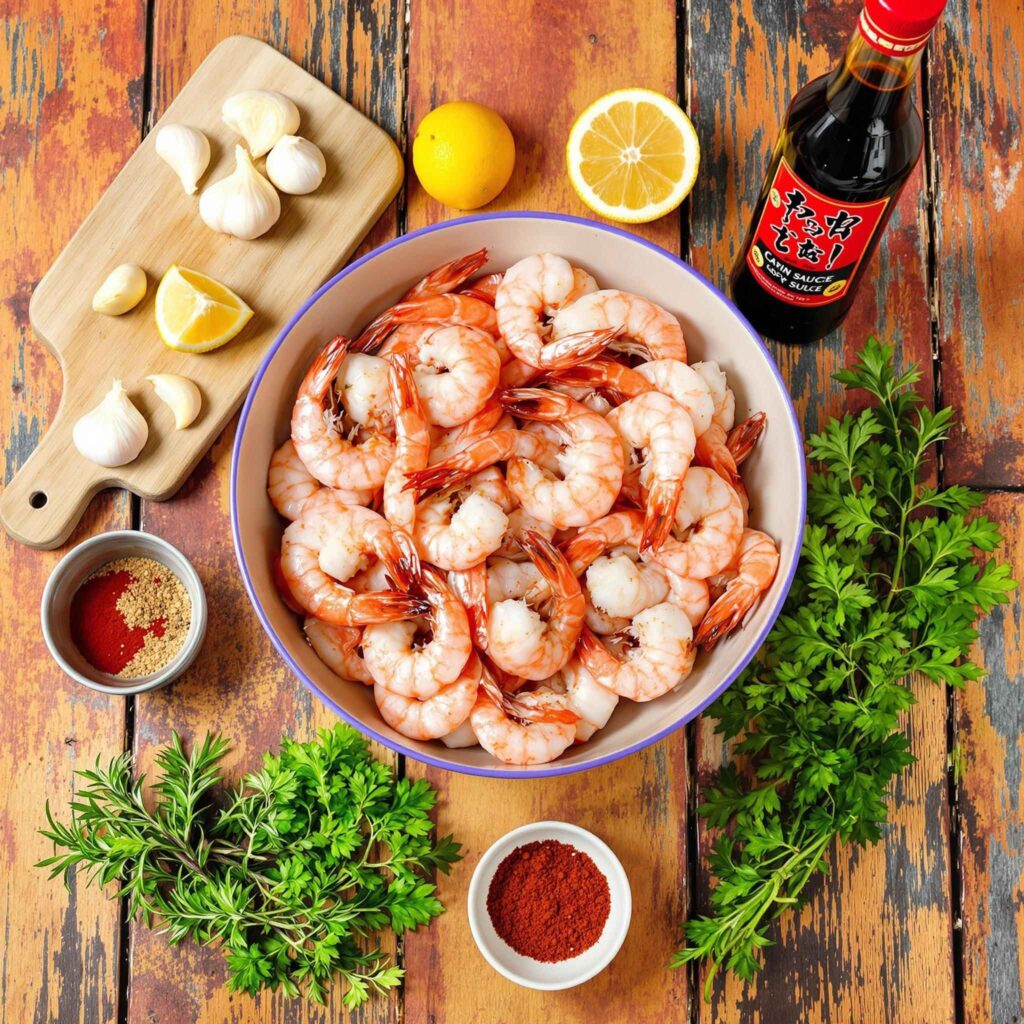
Shrimp are like blank canvases that fit rather well to different flavor sensations. Experiment with these imaginative seasonings to accentuate their inherent sweetness:
- Garlic Herb Butter: Glaze shrimp with melted butter, garlic, lemon juice, and fresh parsley.
- Mediterranean Mix: Zest a Mediterranean mix of olive oil, lemon zest, oregano, and some garlic powder.
- Asian-Inspired: Soy sauce, sesame oil, garlic, ginger, and a little chili paste provide a strong mix of umami and heat.
- Cajun Kick: Toss shrimp with Cajun or Creole seasonings for a smoky, zesty kick.
Create matching plans for side dishes like roasted vegetables, fresh salads, or aromatic rice to further enhance the taste.
Original Recipes Made From Frozen Shrimp
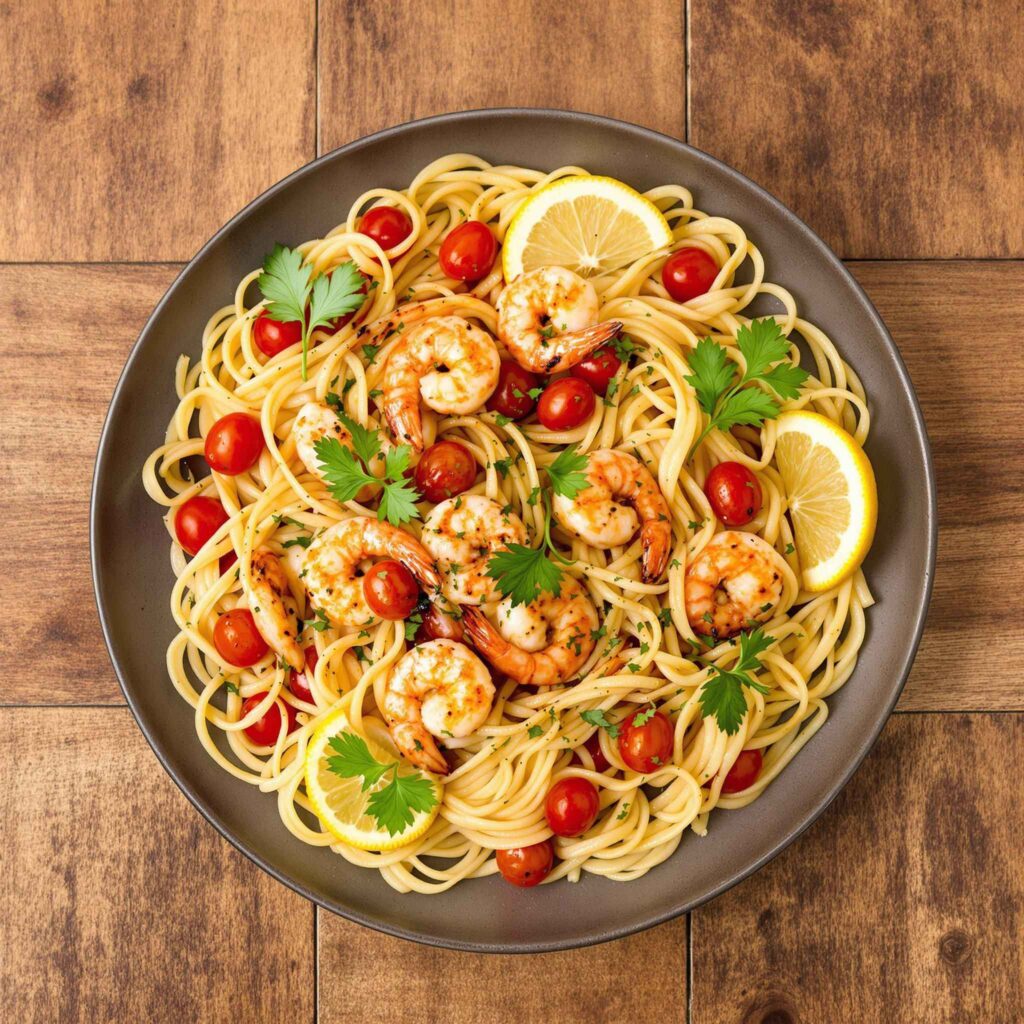
Knowing how to cook frozen shrimp, let’s look at some intriguing and delicious dishes:
- Garlic Shrimp Linguine: For a delicious dinner, toss sautéed garlic shrimp with al dente linguine, olive oil, and cherry tomatoes.
- Grilled Shrimp Tacos: For a bright variation, spice grilled shrimp in soft taco shells using fresh slaw, avocado, and a mango or lime vinaigrette.
- Shrimp Fried Rice: To make a quick, one-pan dinner, stir-fry shrimp using pre-cooked rice, scrambled eggs, veggies, and soy sauce.
- Shrimp Scampi: Present over pasta, Shrimp Scampi combines shrimp with a buttery garlic-lemon sauce.
- Coconut Curry Shrimp: For a filling dinner, toss shrimp with fresh vegetables, spicy curry paste, and rich coconut milk.
Common Mistakes to Avoid When Cooking Shrimp
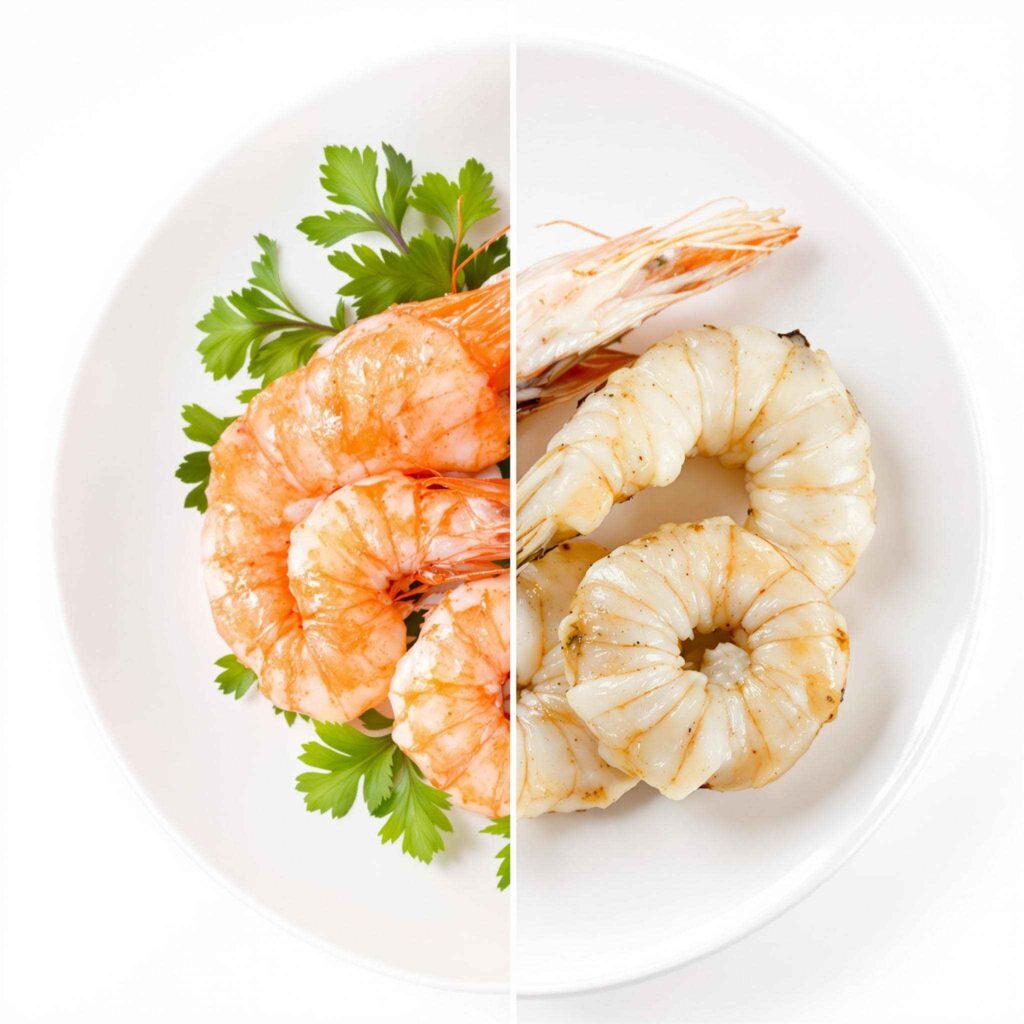
Avoiding basic mistakes can guarantee a perfect presentation of your prawns. Here are a few traps to be aware of:
- Overcooking: Shrimp cook quickly, so monitor them closely to avoid chewy or rubbery textures.
- Ignoring the Drying Step: Failing to pat shrimp dry before cooking may result in uneven pan scorching or pooling.
- Cooking from Frozen: Defrosting first ensures even doneness, even if you can cook straight from the freezer.
- Over-seasoning: Overseasoning can cover the delicate flavor of shrimp.
Bonus Advice for Great Shrimp Recipes
Keep in mind these finishing details for really improving your shrimp cooking:
- Preheat Pans Thoroughly: Thoroughly preheat frying pans to prevent the shrimp from becoming soggy and guarantee excellent browning.
- Garnish Freshly: Before serving, sprinkling fresh chopped parsley, basil, or cilantro to garnish makes a difference.
- Marinate Wisely: Don’t skip marinades; simple marinades, such as yogurt-based sauces or citrus-herb mixes, can flavor shrimp before being cooked.
- Don’t Overcook: As soon as shrimp turn opaque, always take them off the fire.
Time-Saving Strategies
The key in the kitchen is efficiency! These tips can enable even quicker preparation of shrimp:
- Pre-Peeled and Deveined Shrimp: Choose pre-peeled and deveined shrimp to save valuable minutes in preparation.
- Frozen Shrimp as a Backup: Save frozen shrimp as a last-minute meal emergency protein source.
- Pre-Cooked Shrimp: To cut cooking entirely, use pre-cooked shrimp for salads, wraps, or shrimp cocktails.
Conclusion
Knowing how to prepare frozen shrimp saves time and effort and broadens your menu. You won’t run out of dinner ideas with the range of methods, spices, and dishes available! Prawns are a flexible and healthy meal appropriate for any occasion, whether for a big gathering, a quick snack, or a romantic evening. Good cooking!


